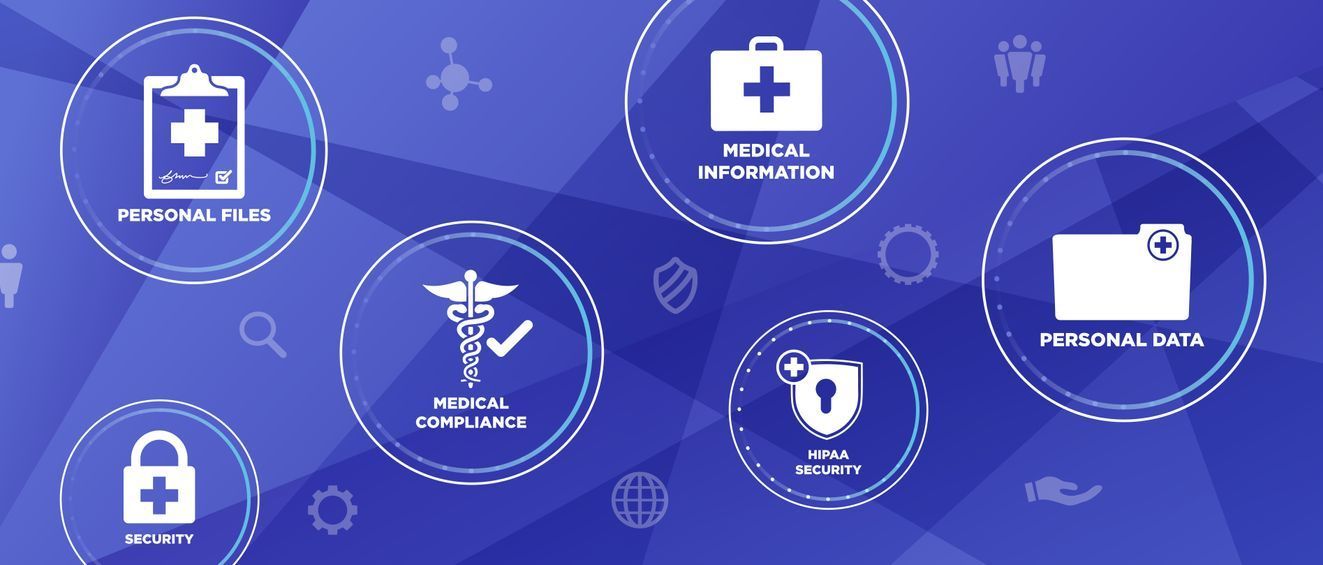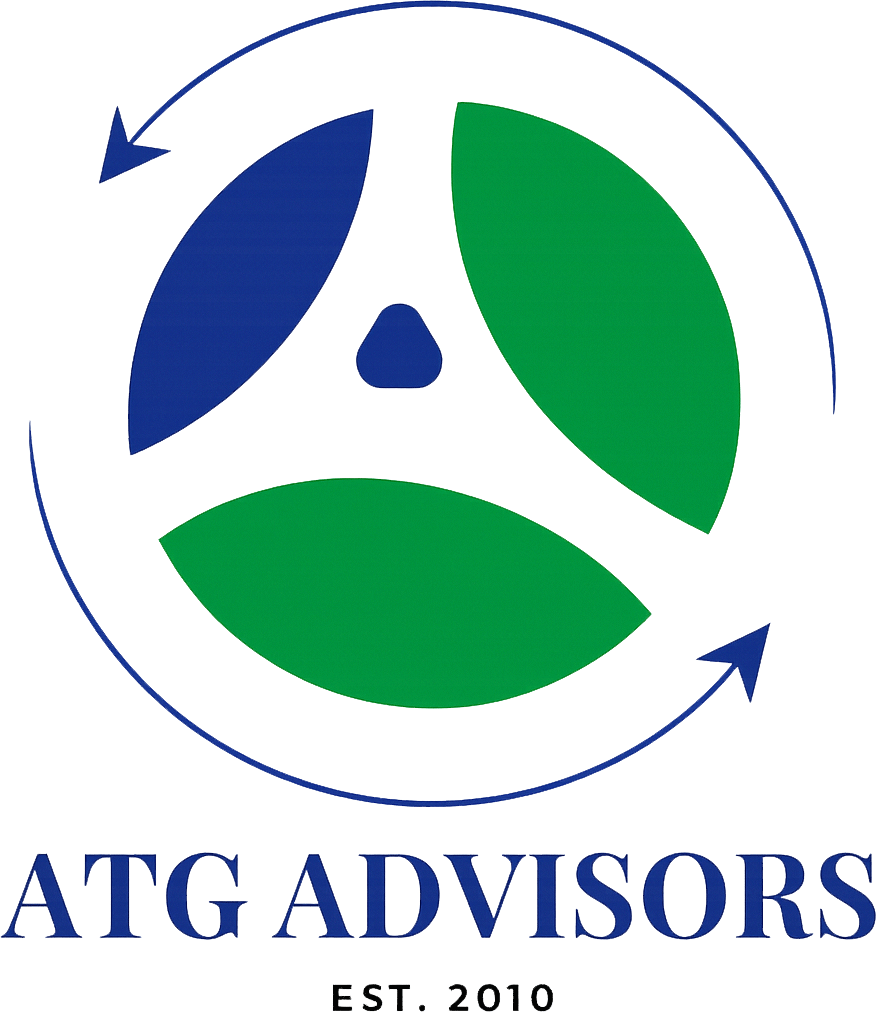Starting From Scratch: Basics Of Accounting For StartUps

In running a business, accounting plays a vital role as it helps you to monitor expenditure and income. It also enables record taking, organizing specific credentials, ensures statutory compliance, management services, and provides quantitative financial information which can be used to make business decisions.
For starters, taking inventory, organizing a business structure, getting a trademark, and also getting customers and selling a product may seem very intense. Because you may be required to track income and expenses or unavoidably take the risk of running out of business in the early stage of your accounting business, continue reading this article to get an overview of the basics of accounting for new startups.
Getting A Bank Account For The company
Opening an account is a crucial stage in accounting startups. To enable transactions, i.e., for payment to be made for different services or receiving payments, requires a bank account. Avoiding this stage results in substantial personal debt because there might be a problem in the future. The customer might file a report against you, thereby making you responsible for any damages that may occur.
Using your personal bank account for business transactions may result in some serious implications. When an issue arises, the defaulted client might have access to your funds and assets, learn to place a defining line between your personal and business account. It shows that you are a thoughtful business owner.
Creating An Invoice Template
Creating an invoice is one of the first things you should learn when starting a business. Moreover, how long will you be in business if your customers are not properly invoiced on the good and services renders you provide?.
Since your purpose in going into a business is to make profits, it is better to create as many invoices as possible or get several copies. Customize it to suit your business structure. Rather than creating it individually when the need arises, which are some of the mistakes made by business owners.
Credit Cards Statement
This is an essential aspect as we all know the rate at which fraudulent activities are in the country. Credit card fraud is very real, and it will come in a minimal form to you to know if you are paying attention to it. So it is necessary to sort out your credit card statements as it is also your bank statement.
Also, get proof of the history of every charge that occurs in your credit card statement. This is needed if there are different card users, especially if it's a company's card.
Bookkeeping and Budget
This part correlates to how you manage, keep track and record different expenses. That ranges from promotion expenses, entertainment, business trips, vehicle maintenance, meals, and even receipt for gifts and office expenses.
Additionally, this is also the area where you carry out your day-to-day execution of financial transactions. There are varieties of low-cost tools options that will guide you in managing the bookkeeping and taxes rate data. This option is delicate and should be done to ensure all books are in order and all taxes are paid at the right time.
Taking Current and Fast Ratios
This ratio is taken to determine your current financial status and to know if it can aid unexpected liabilities that may arise. It also shows whether, if all your assets are converted to cash within a year, it can be used to curtail all the liabilities that may occur in that particular year. The current ratio is the ratio of the current assets to the current liabilities.
A more than one ratio entails a profit surplus, while that less than may lead to a shortage of money.
Final Thought
As a business owner, it is vital to have a basic knowledge of what a business entails, ranging from bookkeeping, looking for customers, marketing your products, and even maintaining a good relationship with your clients.



